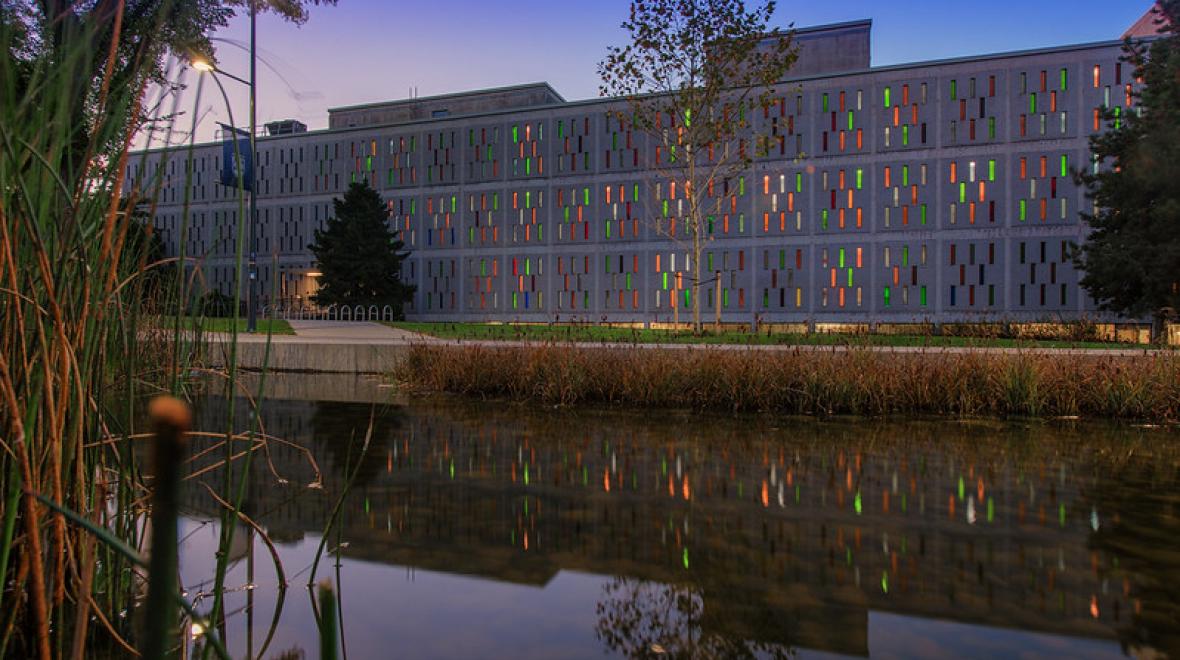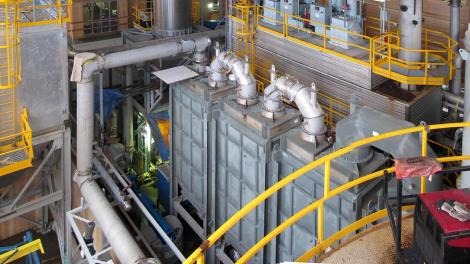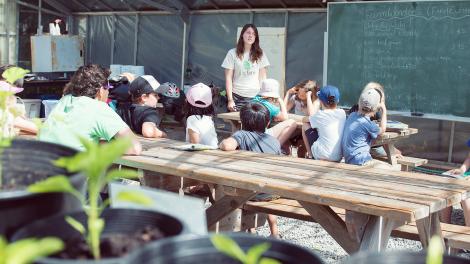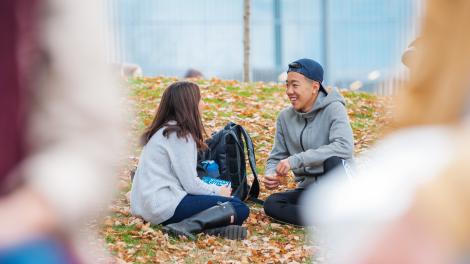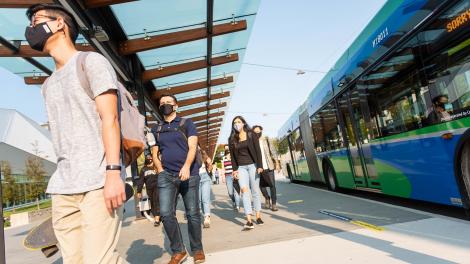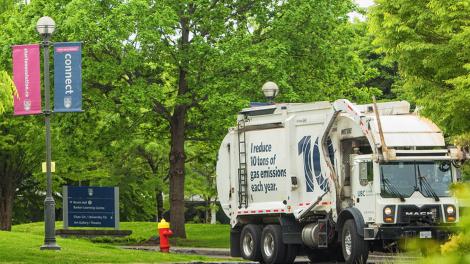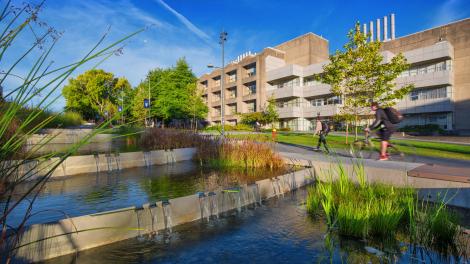As part of UBC’s Climate Action Plan 2030 (CAP 2030), UBC is applying a circular economy framework to enable a 50% reduction in waste by 2030, progressing toward a zero-waste community. At UBC Vancouver, this will significantly reduce scope 3 extended GHG emissions – currently 1,021 tCO2e is associated with the disposal of waste and materials each year.
While UBC’s reported GHG emissions from waste disposal are a very small fraction of overall emissions, waste-related emissions are much higher when considering life cycle emissions that include the production of goods and materials – analogous to what is included in embodied carbon calculations for construction.
A Zero Waste Action Plan update ongoing in 2022 will prioritize emissions reductions opportunities such as reuse, apply a circular economy lens, review the efficacy of diversion rate targets, and address barriers that have limited progress toward UBC’s zero waste goals to date.
WASTE TARGETS
50%
reduction in waste disposal
by 2030 vs. 2019 baseline
80%
waste diversion rate
(target currently under review)
WASTE REDUCTION
Since 2014, UBC has focused on actions to reduce waste on campus including a major expansion of organic waste collection points, multi-stream recycling stations, specialty recycling programs for lab materials, a focus on reducing construction waste, and community engagement programs.
Despite this success, waste diversion outside capital building projects fell short of targets and has hit a plateau.
In March 2022, public consultation on a new Zero Waste Action Plan 2030 (ZWAP2030) closed. Now the ZWAP2030 is undergoing further development and refinement, ahead of committee and executive review in October.
Current Performance
Related plans and reports
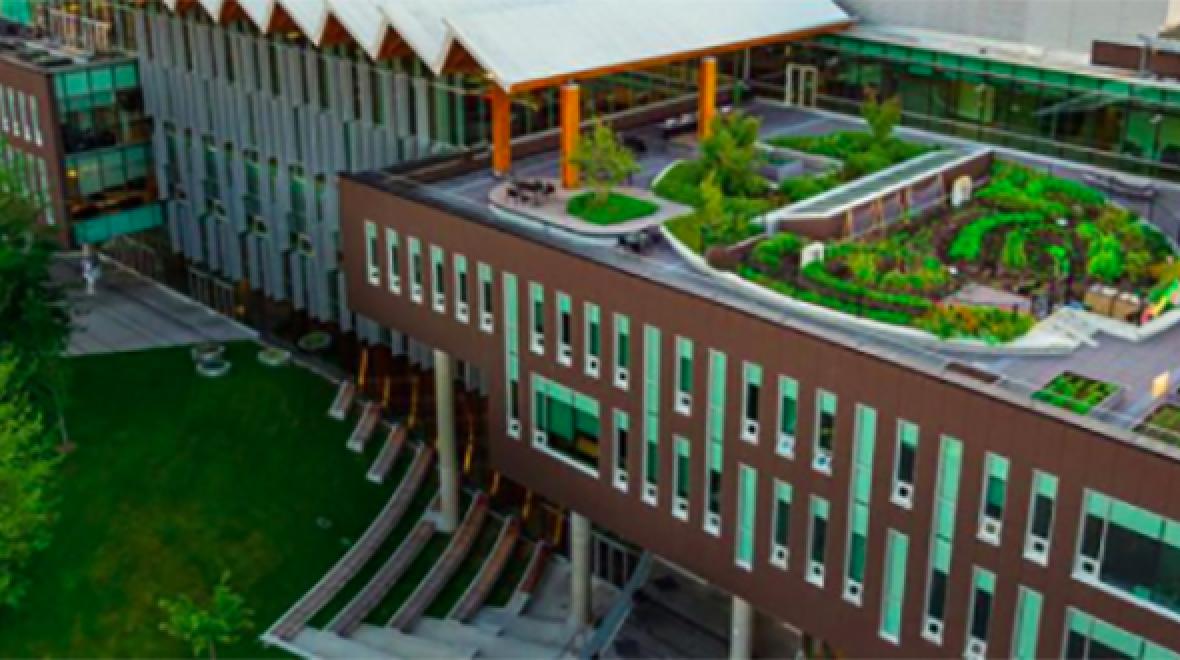
UBC Vancouver Climate Action Plan 2030
An accelerated path to net zero emissions for buildings and energy supply as well as to significantly reduce greenhouse gas emissions for extended impact areas over the next 15 years.
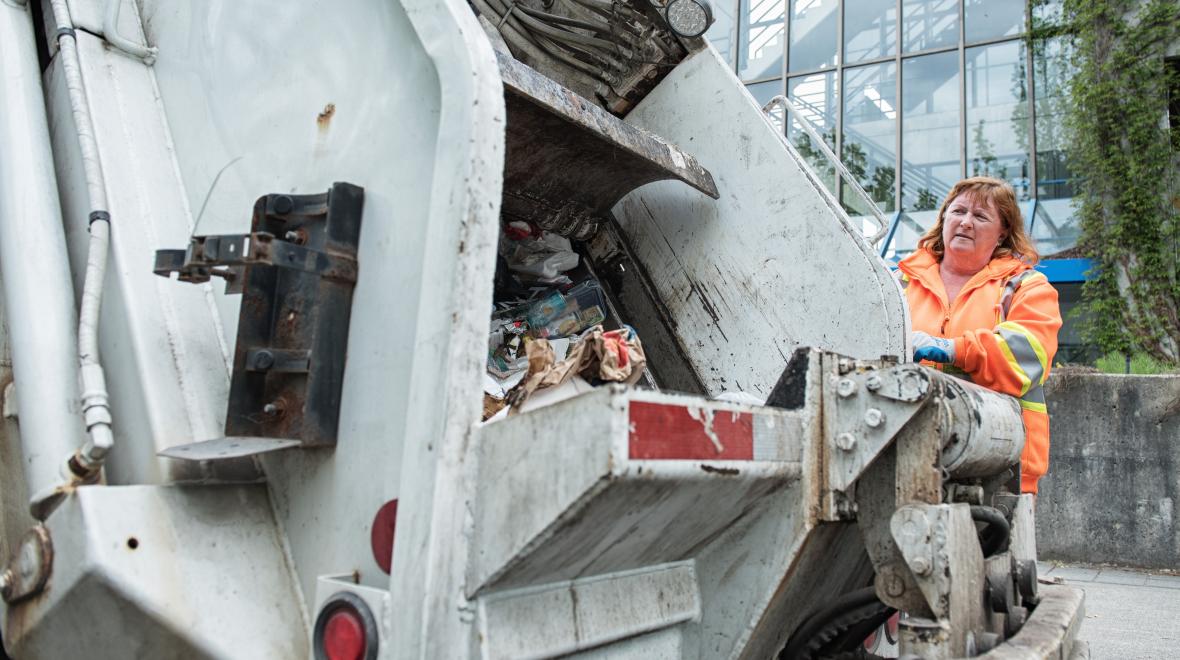
UBC Vancouver Zero Waste Action Plan
The plan set out goals, targets, and actions to move towards a vision of UBC as a zero-waste community. UBC is updating this plan in 2022 to prioritize emissions reductions and circular economy opportunities.
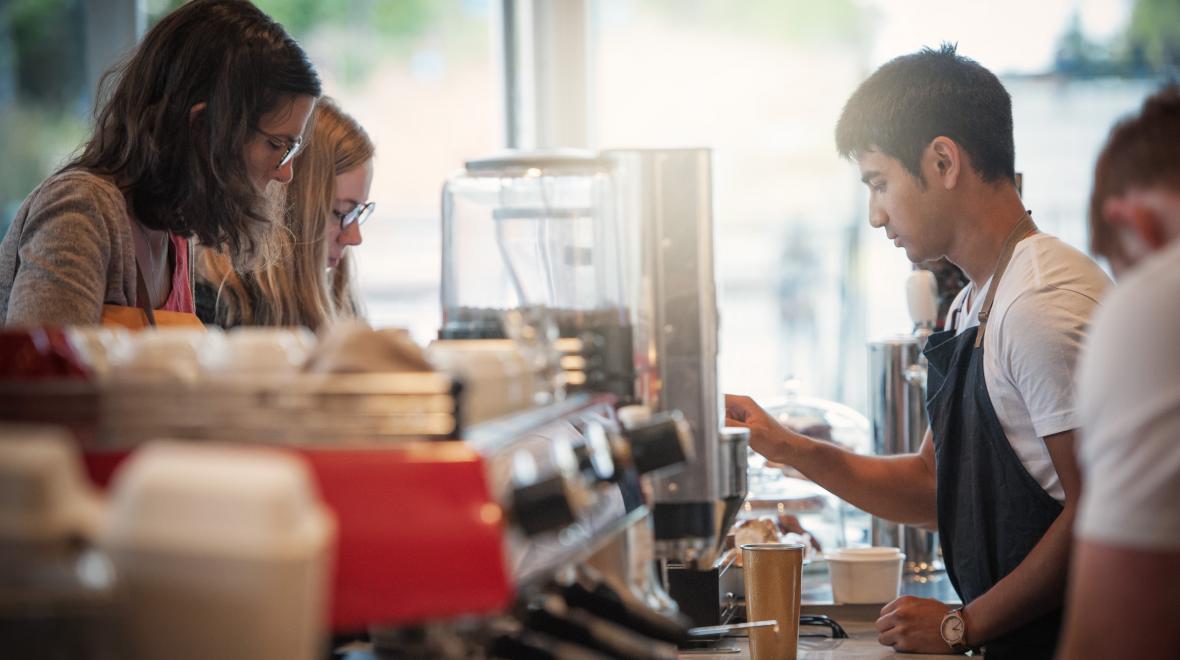
UBC Vancouver Zero Waste Foodware Strategy
UBC Vancouver's strategy for single use items. The Zero Waste Food Ware Strategy is an addendum to the UBC Zero Waste Action Plan which directly addresses targets and actions within the plan.
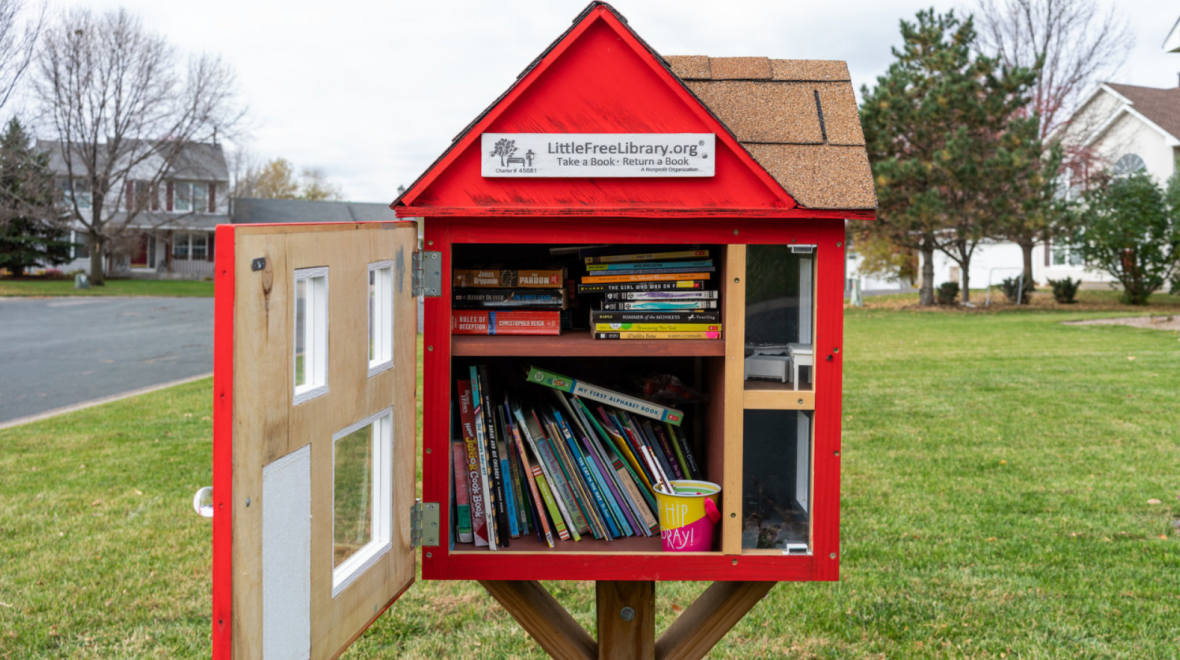
Mindful Consumption Guide
Mindful Consumption refers to being conscious about the choices we make as consumers. This guide presents resources to support mindful purchasing and consumption decision on-campus and beyond.
In Depth
What kind of waste is being diverted from landfill?
Since 2013, construction materials including wood, gypsum, metal and concrete represent the largest proportion of waste being diverted from landfill. In fact, major construction projects have achieved high levels of waste diversion overall, including up to 100% for gypsum, metal, and concrete.
Looking ahead, UBC’s Green Building Action Plan features targets and indicators to eliminate 100% of UBC-identified building materials in new construction that are known to be detrimental to human health by 2035, and to divert 100% of construction and demolition waste.
Organic waste represents the largest growth area for waste diversion over the same period. From a base of 559 tonnes in 2013, UBC achieved 1,055 tonnes of organic waste diversion by 2019 (pre-COVID), comprised of 615 tonnes of food scraps and soiled paper, and 440 tonnes of leaves and yard waste. E-waste diversion has also risen significantly through specialized collections in buildings. UBC was diverting 82 tonnes per year of e-waste in 2019, up from 36 tonnes in 2013, including a mixture of batteries, computers, lamps and bulbs.
In contrast, the amount of clean office paper being recycled has declined every single year from 2013 (364 tonnes) to 2020 (26 tonnes) due to reduced printer usage – amplified by work from home COVID-19 policies. As campuses have returned to in-person work and study, one consideration for the Zero Waste Action Plan 2030 in development is how to maintain reduced levels of consumption where possible through long-term behaviour change.
Featured Datasets
Here are some of the datasets available for Waste from our online sustainability data portal.
Aggregated Waste Categories
Period: 2013-2024
Campus: UBCV
Interval: Annual
Last Updated: 14-08-2025
Summary of Waste by Category
Period: 2013-2020
Campus: UBCV
Interval: Annual
Last Updated: 31-12-2020
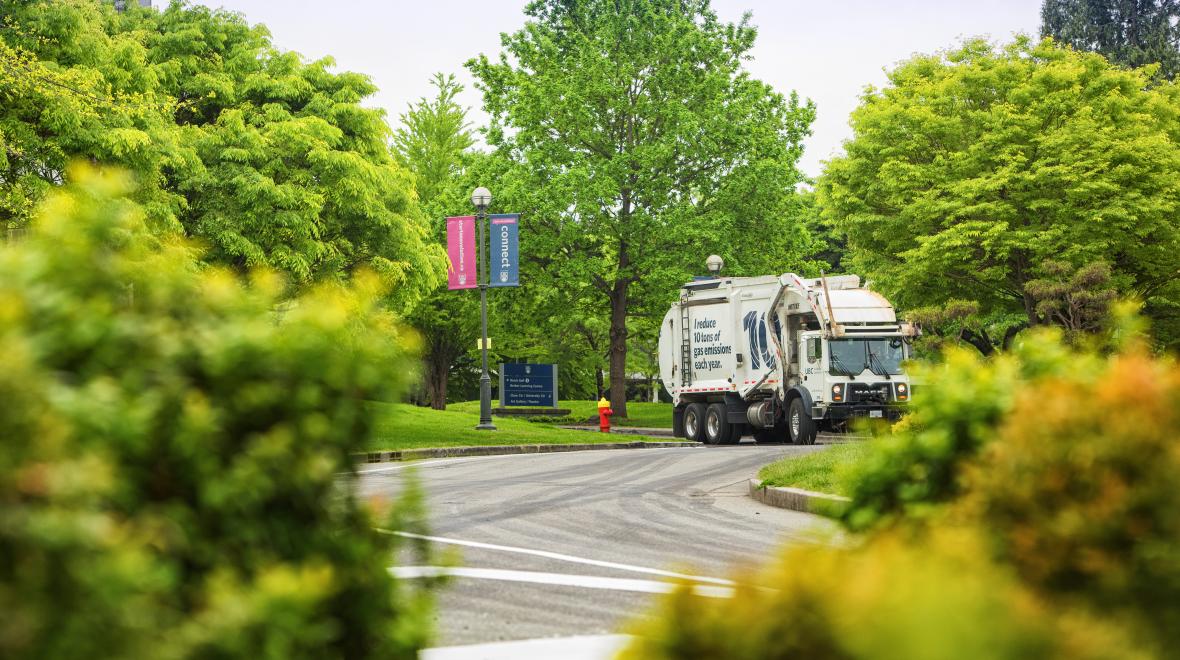
Individual Waste Categories
Period: 2013-2020
Campus: UBCV
Interval: Annual
Last Updated: 31-12-2020
In Depth
Seasonal waste from campus residences
The amount of waste generated annually at UBC fluctuates according to the academic calendar. The bulk of the waste is generated in April at the end of Winter Session, when the majority of student residences are vacated.
Another spike is observed later in the year at the beginning of Term 1, when students move into campus residences and the overall in-campus population increases. Packaging and moving supplies including containers and corrugated cardboard contribute significantly to these increases.
UBC Campus + Community Planning are working closely with Student Housing to optimize initiatives such as Mindful Move Out in order to reduce move-in move-out waste spikes. These initiatives include in-residence donation bins to encourage a circular economy of reuse, and keep as many items as possible out of the waste stream.

